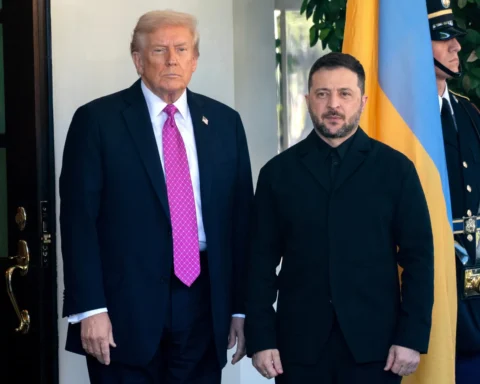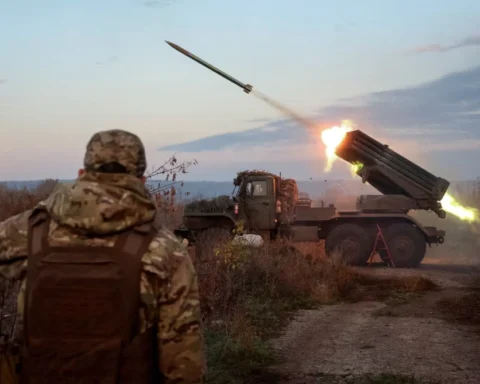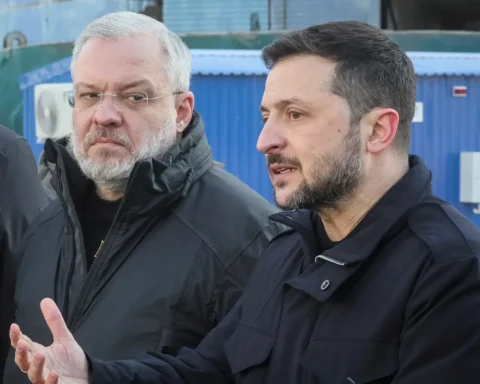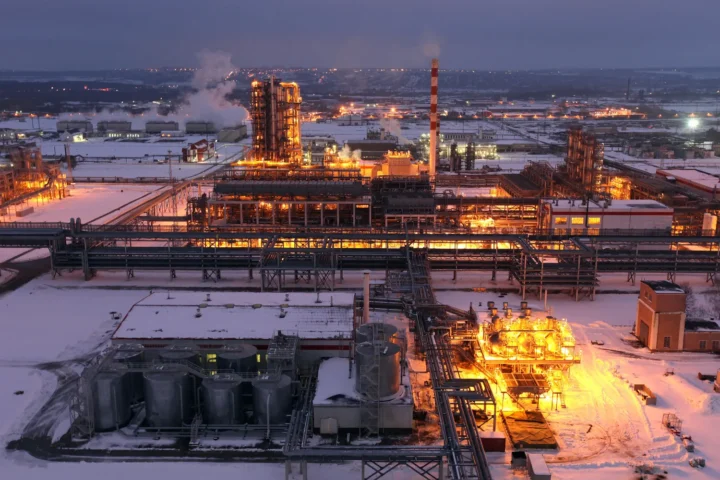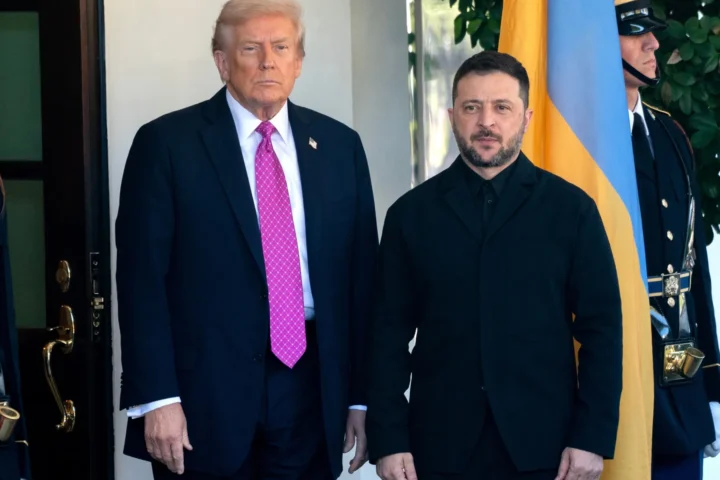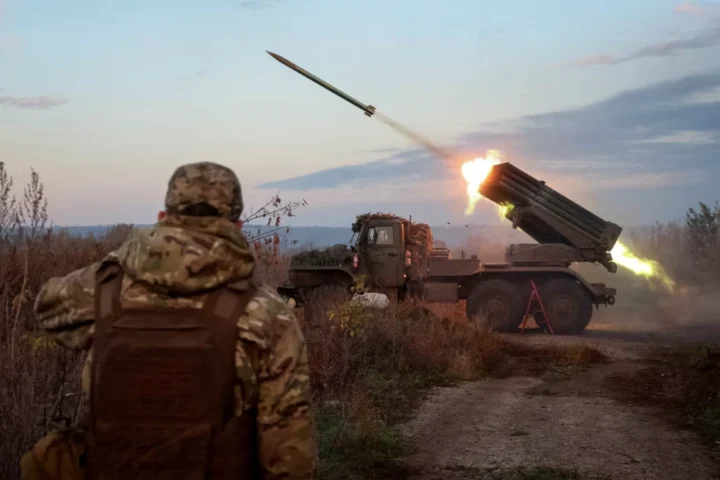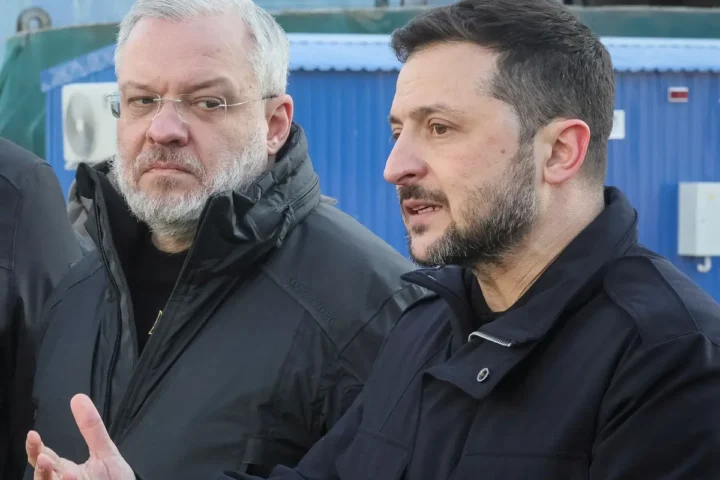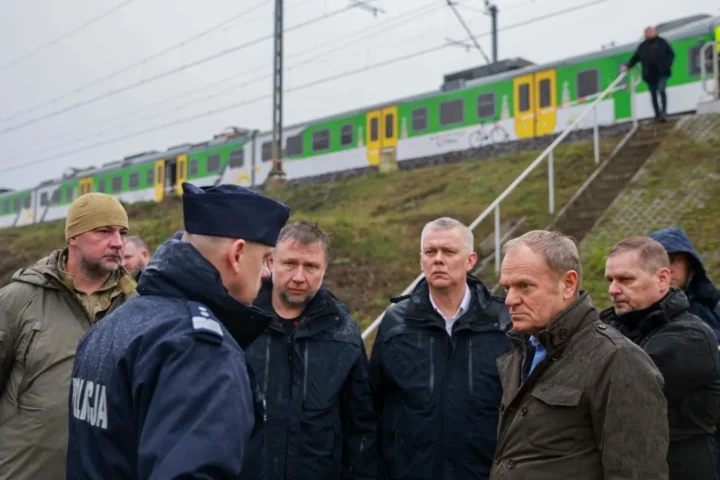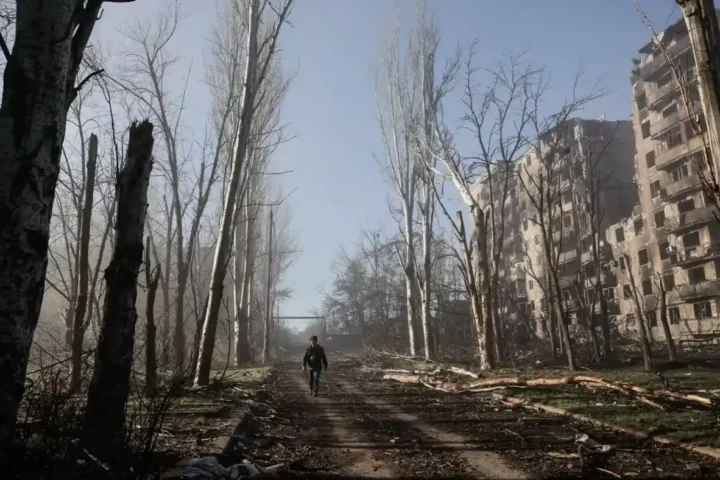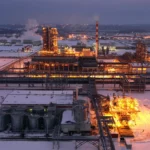In recent years, the Russian economy has faced a unique development model — a two-speed economy where the military and civilian sectors move in different directions. This structure generates numerous risks and challenges that will shape the country’s future in 2025.
Military Economy at the Forefront
For the third consecutive year, Russia continues to operate under a wartime economy, with a key focus on defense spending and army support. The Kremlin shields the military-industrial sectors from the economic pressures faced by the rest of the country. This enables the prolongation of the conflict despite growing costs for the civilian sector.
High military expenditures have led to wage increases in defense enterprises by 30–60%, and payments to contractors have significantly risen. Meanwhile, the civilian economy is experiencing an acute labor shortage, exacerbated by emigration and a reduced influx of migrants. The labor market is tight, pushing up wages but fueling inflation.
Civilian Economy Under Strain
In 2024, inflation in Russia reached record levels. Official data from the Central Bank indicates 16%, while independent studies show household expenses rising by 19–21%. This pressure is compounded by declining real incomes, particularly among pensioners and public sector workers, whose earnings fail to keep pace with rising prices.
A significant portion of economic activity is concentrated in military production. By the end of 2024, industrial output grew by 10.2% compared to 2021, but excluding military-related sectors, the growth was only 3%. As a result, economic imbalances continue to deepen.
Key Risks in 2025
1. Stagflation: The Russian economy faces high inflation alongside slowing GDP growth. Stabilization will require reducing inflation and achieving sustained growth of at least 2%, which remains uncertain.
2. Export Dependency: Energy exports continue to play a crucial role. Despite sanctions, Russia finds buyers for its oil, but any sharp changes in the global market could seriously impact the economy.
3. Pressure on the Civilian Sector: The Central Bank raised the key interest rate to 21% to combat inflation. However, this measure primarily affects civilian enterprises that lack state subsidies. Businesses are hesitant to invest, preferring to keep funds in deposits.
What Awaits Russia?
Economic activity is slowing, and the civilian sector bears the brunt of the costs. Meanwhile, the Kremlin continues to invest in military infrastructure to support the conflict. Analysts believe the current strategy will have long-term negative consequences for the civilian population.
Solving the two-speed economy issue requires a comprehensive approach, including budget policy reorientation and stimulation of civilian industries. However, for now, the Kremlin’s priorities remain unchanged — the military sector and conflict support, despite growing social and economic burdens.




